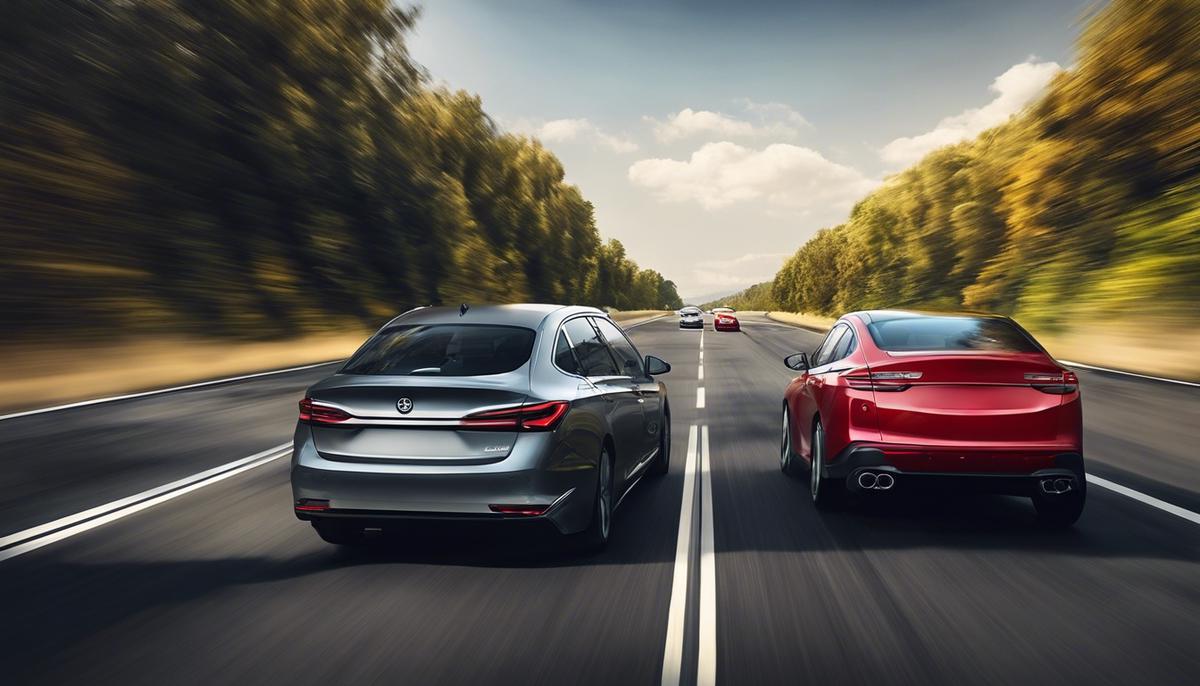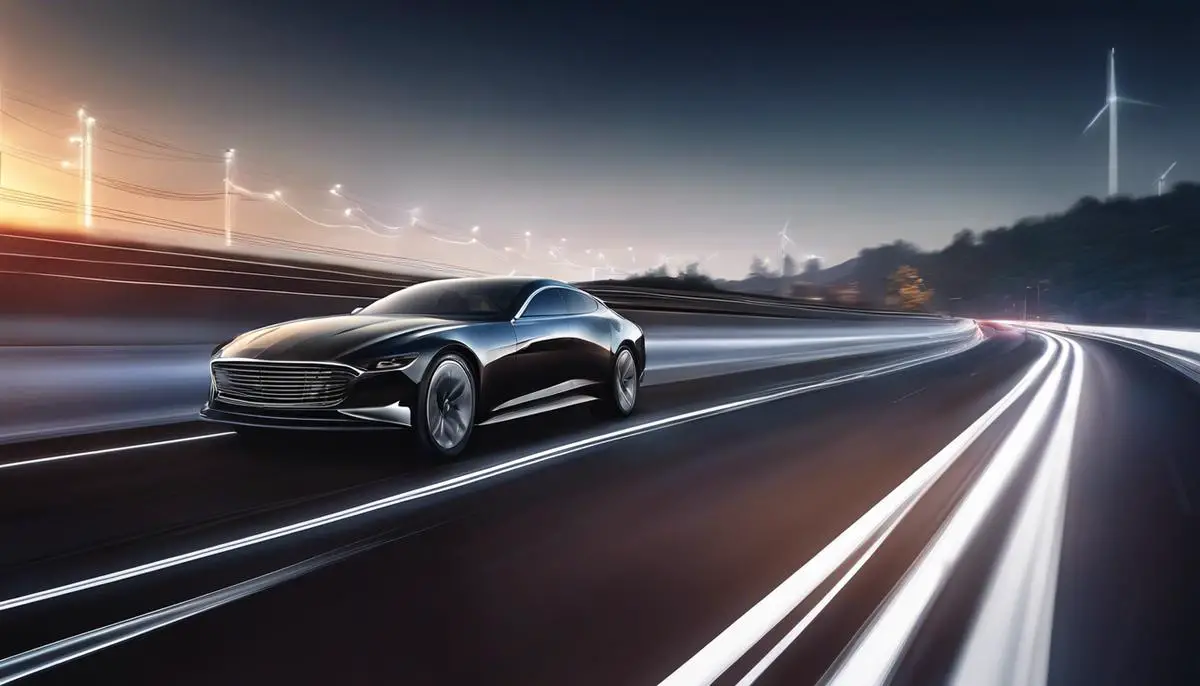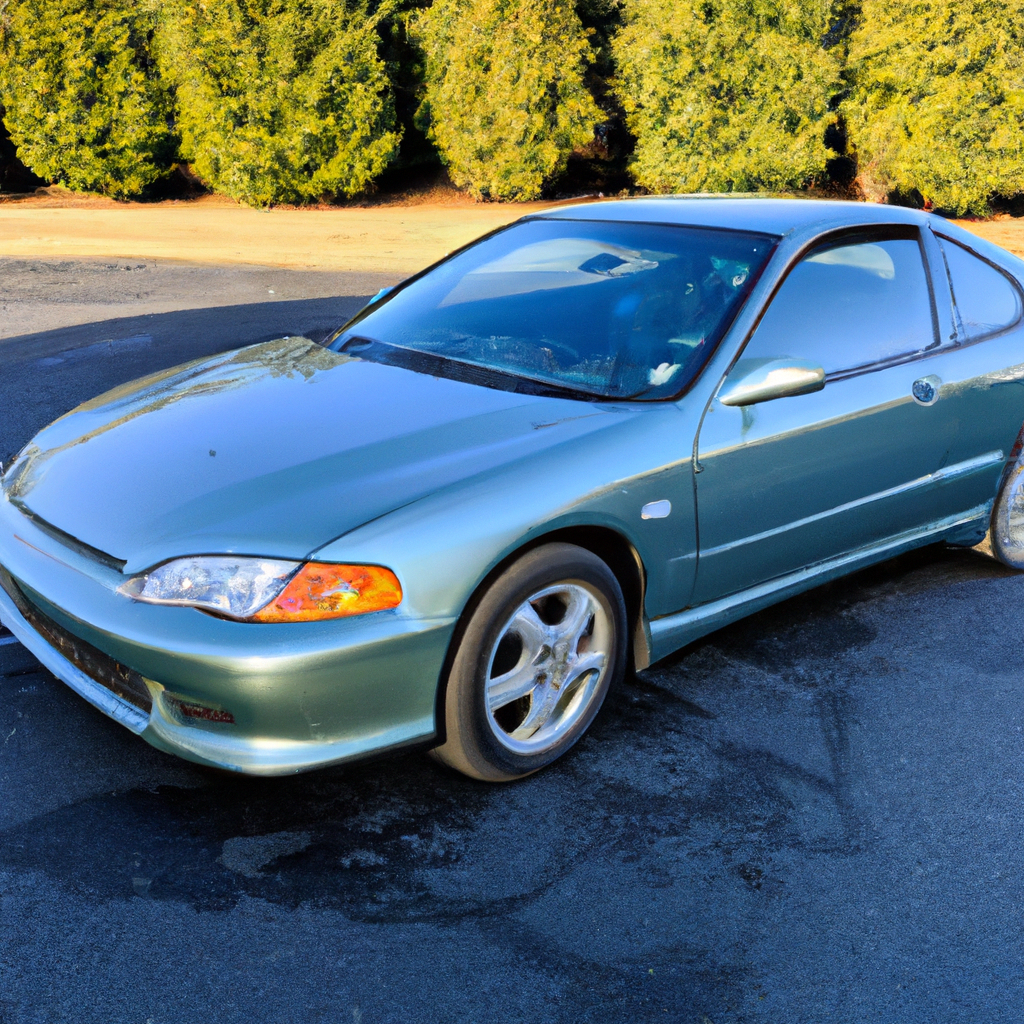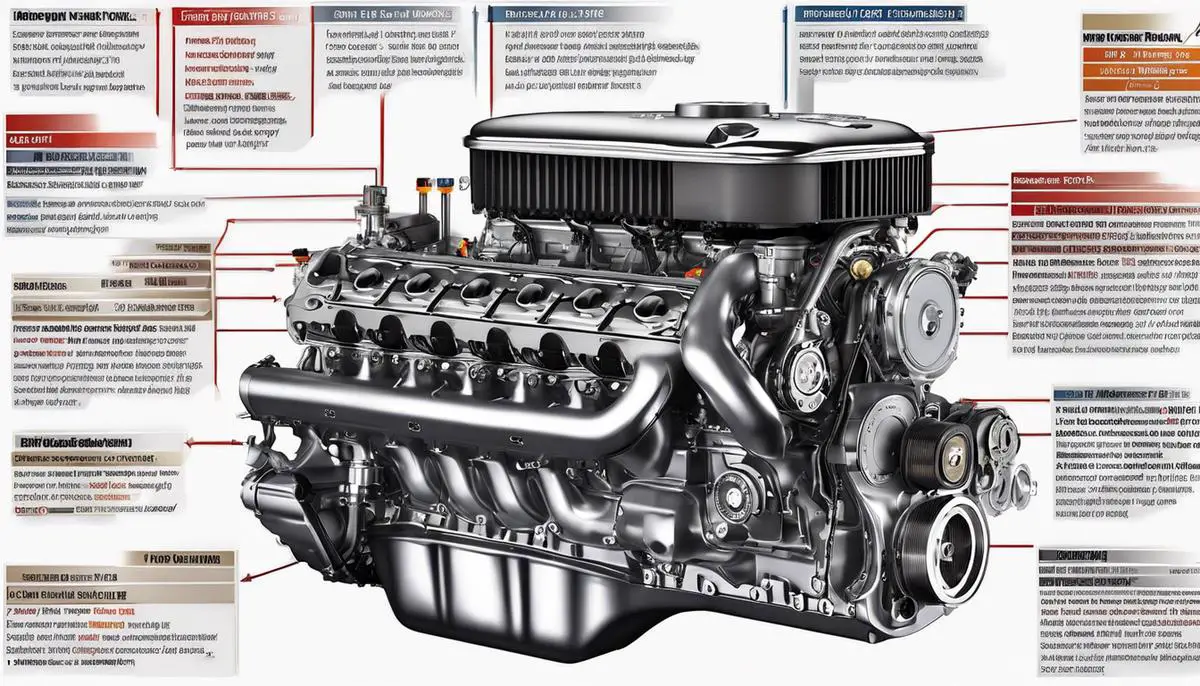As technological advancements continue to accelerate in various sectors, the automotive industry is not left behind. The prevalence of advanced driver-assistance systems, especially Adaptive Cruise Control (ACC) and Lane-Keeping Assist, has significantly altered the driving experience, promising an era of safer, more comfortable, and efficient road transportation. This transition has sparked a spontaneous swell of curiosity among general public, with many keen to understand exactly what these systems entail, and why they are hailed as key players in the future of motoring. This discourse is designed to fulfill that purpose, offering an exploratory journey through the intricate details of Adaptive Cruise Control and Lane-Keeping Assist, elucidating on their operational mechanisms, potential benefits, drawbacks, and their role in shaping the future of driving.
Understanding Adaptive Cruise Control
Hello gearheads, car enthusiasts, and just anyone with a profound interest in the ever-evolving world of automotive technology! Today, let’s dive into the amazing universe of a remarkable feature that’s changing the driving landscape as we know it: Adaptive Cruise Control (ACC). This mind-blowing technology is reshaping how drivers interact with their vehicles and the road, offering a level of convenience that’s elevating our driving experience to new heights. So, buckle up, and let’s delve into the specifics!
Adaptive Cruise Control, a well-crafted blend of safety and convenience, is an advanced driver assistance system. In a nutshell, it’s a smarter, more refined version of the traditional cruise control we’re all familiar with. However, ACC doesn’t merely hold a car’s set speed steady; it goes above and beyond by using advanced sensors and radars to maintain a safe following distance from other vehicles. It means goodbye to constant braking and accelerating in the high traffic situations. It’s all about a smoother, less tiring ride.
Adaptive Cruise Control primarily works through the integration of radar systems placed strategically at the front of the vehicle. These radars continuously scan the surroundings to identify other vehicles on the road. The ACC system uses these radar readings to determine the speed and distance of cars ahead, adjusting your vehicle’s speed to ensure you maintain a safe and consistent distance. That’s technology at its finest.
In the event of slower traffic ahead, the ACC system automatically decreases the vehicle’s speed to match that of the front car’s pace, maintaining the previously set distance. Once the path is clear, the ACC system smoothly accelerates the car back to the pre-set speed (wave goodbye to foot fatigue on long journeys!). In some sophisticated systems, ACC can bring the vehicle to a complete stop, and then resumed motion, thus easing the burdens of stop-and-go traffic.
Adding ACC in a vehicle’s capabilities does bring a hint of autonomous driving reality into everyday life. It’s like having a virtual assistant ready to step in during tedious or stressful driving scenarios (ever been stuck in traffic that seemed to last an eternity?). Every driving enthusiast will appreciate the simplicity of a more predictable, less taxing driving environment, allowing you to focus more on enjoying the journey, rather than constantly adjusting to maintain speed and distance.
It’s worth noting that while Adaptive Cruise Control is a step towards autonomous driving, it isn’t a substitute for active driving. The driver’s attention is always required, and taking over the controls when needed is crucial. Most ACC systems are designed to switch off instantly, reverting to manual control as soon as the driver taps the brakes.
So, there we have it! The marvel of Adaptive Cruise Control, a technological breakthrough keeping vehicles a safe distance apart and making our lives smoother than ever. While it might seem like wizardry, it’s simply a testament to how far we’ve come in automotive technology. The road to the future is looking incredibly exciting, friends. Stay safe and enjoy the ride!

Exploring Lane-Keeping Assist
Let’s shift gears and redirect our focus onto an equally breathtaking technology that’s rapidly gaining traction in our automotive world, Lane-Keeping Assist. It’s no secret that our driving experience is continuously being perfected and reshaped by modern technology, and this is yet another advanced feature that’s setting the tone for a safer, more efficient drive.
What exactly does Lane-Keeping Assist do, you ask? As the name suggests, it’s an intelligent system designed to prevent unintentional lane departures. Should your vehicle begin to veer out of its lane without signaling, the Lane-Keeping Assist will get into action. The system uses advanced cameras and sensors to detect lane markings on the road. If a potential lane departure is detected, the system will alert the driver either by a visual display, an audio alert, or a haptic warning (like a vibration in the steering wheel). In some more advanced systems, corrective steering action may be applied to guide the vehicle back to its lane. However, these are not fully autonomous systems and they rely on clear and visible lane markings to function.
But why has the Lane-Keeping Assist become such a sought-after feature in the recent years? There are a few good reasons for that.
One of the biggest advantages of Lane-Keeping Assist system is the increased safety it offers. In the hustle and bustle of our highways, it’s easy to get distracted (although it’s against good driving etiquette). According to the National Highway Traffic Safety Administration, unintentional lane departures account for a significant number of accidents on our freeways. In situations like this, the Lane-Keeping Assist serves as a second pair of eyes that never gets tired, never gets distracted, and is always on alert, thereby reducing potential collisions.
Moreover, on those long road journeys where fatigue can slowly creep in, having a system to monitor your lane position and offer a slight nudge if you start to drift is incredibly reassuring, making the drive more relaxed and less stressful.
The Lane-Keeping Assist System also paves the way for a new driving paradigm where the vehicle possesses a form of self-awareness, and can make adjustments to its direction of travel on its own. This serves as a building block towards achieving a fully autonomous driving future, with the entire concept striking a chord of excitement among tech enthusiasts and vehicle manufacturers alike.
However, like ACC, the Lane-Keeping Assist doesn’t mean you can kick back and read a book. It’s an assistive feature, and not an excuse for complete hands-off driving. Driver alertness, awareness and control remains an absolute must to ensure safe operation.
In the final analysis, the integration of the Lane-Keeping Assist system breaks new ground in amplifying vehicle safety and advancing towards a semi-autonomous driving experience. The driving enthusiast’s dream car isn’t far off, and it’s enhanced by the likes of Lane-Keeping Assist, empowering us for journeys undreamed of.

The Impact of these Systems on Driving Future
Revving up the road towards the future of driving technology, the incorporation of Adaptive Cruise Control (ACC) and Lane-Keeping Assist gives us a taste of what autonomous driving would feel like. But the ride doesn’t end there. Imagine you’re in the driver’s seat, sailing smoothly down the road as your vehicle intuitively keeps pace with the traffic ahead while also keeping you neatly within the bounds of your lane. You’re relaxed, you’re confident, with the technological wonders of ACC and Lane-Keeping Assist aiding your journey.
Let’s shift gears and steer towards Lane Keeping Assist systems. Unveiled as the innovation designed for fatigue reduction and safety enhancement, Lane-Keeping Assist has grabbed the undivided attention of driving enthusiasts worldwide. If you’ve already been filled in about its conception, let’s now delve deeper into its mechanism and impact.
Every split-second decision counts when you’re behind the wheel, and that’s where Lane-Keeping Assist comes into play. Using a series of sensors, cameras, and software algorithms, the system analyzes road patterns and the vehicle’s trajectory. Remarkably, if your car begins to drift out of its designated lane without an indication, Lane-Keeping Assist gently nudges the steering to redirect its path, or alerts the driver with vibrations or audible warnings. The simplicity in its concept yet sophistication in its execution transforms it into an ultimate driving ally.
While ACC leverages radar technology to adjust speed and maintain distance, Lane-Keeping Assist ensures positional accuracy on the road. Its creation is entirely focused on increasing driver safety levels and reducing stress levels during long drives or in heavy traffic conditions. This strategic combination of technologies works harmoniously to offer a superior and safer driving experience.
As much as the prospects of autonomous driving are exhilarating, it’s vital to remember that systems like Lane-Keeping Assist are as the name suggests – assistants. They have been devised to supplement the driver’s role, not replace it. The beauty of these technologies is in their aim to enhance the driving experience, balancing the thrill and control of traditional driving with the assurance of intelligent technology.
However, the race towards autonomous driving is at full throttle, and Lane-Keeping Assist marks a significant milestone in this riveting journey. It’s a page out of the autonomous driving playbook, an innovation that’s paving the way for a future where the line between driver and vehicle isn’t just blurred, but erased.
So, as we navigate ahead towards this exciting era of driving technology, let’s appreciate the impact of Adaptive Cruise Control and Lane-Keeping Assist. Together, they’re not just shaping the future of the driving experience, but reinventing it. Who knows what other innovations lurk around the next bend? Until then, happy and safe driving!

As the curtain falls on this exploration, it’s evident that Adaptive Cruise Control and Lane-Keeping Assist play a central role in the evolving narrative of modern driving. Their potential in enhancing safety and comfort on the road, while simultaneously paving the way for autonomous driving, validates the significant attention they attract. However, it’s important to remember that as with any disruptive technology, these advanced systems have their potential drawbacks, which makes ongoing research and continuous improvement imperative. Regardless, the symbiosis between technology and automobiles indicates a future where such considerations retain an increasingly prominent space within our collective awareness, altering the way we perceive transportation and our role within its dynamics.



